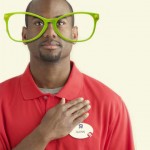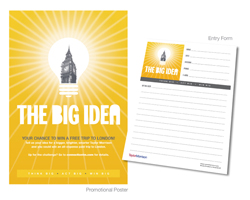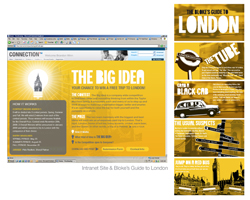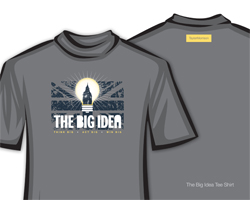 Recently, the marketing departments in a few savvy companies have quietly been adding social media positions that didn’t even exist a few short years ago. From small start-up companies to large corporations, the social media expert has now become a highly sought after employee (or team) to engage the online/mobile customer. The marketing function now includes systems and processes to accommodate the rapidly growing two-way conversations that are taking place with the customer. In many cases it’s become a vital path to ensuring the company’s brand stays intact in the eyes of the consumer as well as being an effective marketing channel.
Recently, the marketing departments in a few savvy companies have quietly been adding social media positions that didn’t even exist a few short years ago. From small start-up companies to large corporations, the social media expert has now become a highly sought after employee (or team) to engage the online/mobile customer. The marketing function now includes systems and processes to accommodate the rapidly growing two-way conversations that are taking place with the customer. In many cases it’s become a vital path to ensuring the company’s brand stays intact in the eyes of the consumer as well as being an effective marketing channel.
The July/Aug 2010 Harvard Business Review states “these days anyone with a smart phone, [iPad] or a computer can inflict lasting brand damage.†That’s because consumers have quickly become well informed and eager to use the online forum to speak out where they will be seen by thousands (and potentially millions) of people who may be easily swayed.
The same HBR article provided a pertinent example about how “popular mommy blogger Heather Armstrong was so upset over the failure of her Maytag washer and the company’s ensuing service missteps that, using her mobile phone, she told her million-plus followers on Twitter they should never buy a Maytag.” Science Creative also reported in our article that “today’s social media moms rule the social web withFacebook, Twitter, MySpace, Bebo, FriendFeed and more” – and they have the ability to make a difference with the way a company conducts its business and how it treats its customers.




